Like many budding photographers you might be thinking to yourself; “If only I had that new camera, I would take such better pictures!” Well, hold on their pardner, don’t get your panties in a wad just yet. Take a second, breathe in, breathe out, you do not need to rush out and buy the latest and greatest camera to take great pictures.
In fact, the very first DSLR’s can still take decent pictures. With a few simple techniques I will teach you how to get the best quality images from your camera.
Tip 1: Use a low ISO. If you have not learned how to control ISO on your current camera you might want to think about doing that before spending big bucks on a new camera. Most cameras start at 100 ISO but some start at 50 ISO. The bottom line is that once the ISO goes above 3200-12800 on most cameras, even the newer ones, is not going to give you the absolute best possible image.
Tip 2: Get a good exposure. Take the time to expose your shots properly. Getting shots that are too dark will lower the image quality if you have to make them too much brighter later.
Getting a good exposure may seem like the obvious thing to do, hah, but it’s surprisingly not as obvious as you might think. A lot of photographers don’t focus on exposure from a technical standpoint as it’s a different way of thinking. If you’re having trouble with your image quality and noise, you’ll need to take shots with an emphasis on solving those problems at times vs. shooting “how you see it”.
Tip 3: Learn how your aperture affects your pictures. Bigger apertures give more light which means lower ISO and less noise in your pictures. Smaller apertures give less light but usually the lens will be a little sharper at a smaller aperture. If it is really bright out, use a small aperture!
Understanding what aperture to use can be a bit bewildering. Why choose a different aperture, what are the tradeoffs? Some people might think, why in gods name would you want less bokeh, and others will say the exact opposite. Well, when it comes to image quality the human eye works a specific way and wider apertures tend to look more appealing to our human perceptual system.
If you’re thinking you still don’t get it, don’t worry, just use the widest aperture possible when the light is low.
Tip 4: Get closer (zoomed in) to your subject (but not too close). There are a variety of reasons why getting close to your subject is good. The main thing is you’re getting more pixels on your subject the closer you get. More pixels means more details, better bokeh, more editing opportunities.
Tip 5: Use a tripod in low light/cloudy days. A tripod does one thing, it holds the camera still. That lets you use a nice low shutter speed like 1/10th of a second and your picture will still be sharp. You can buy a tripod off of Amazon for 60 bucks like the one below:
Tip 6: Shoot RAW if your camera supports it. Shooting RAW gives you the most flexibility to change white balance and exposure after you take the picture.

